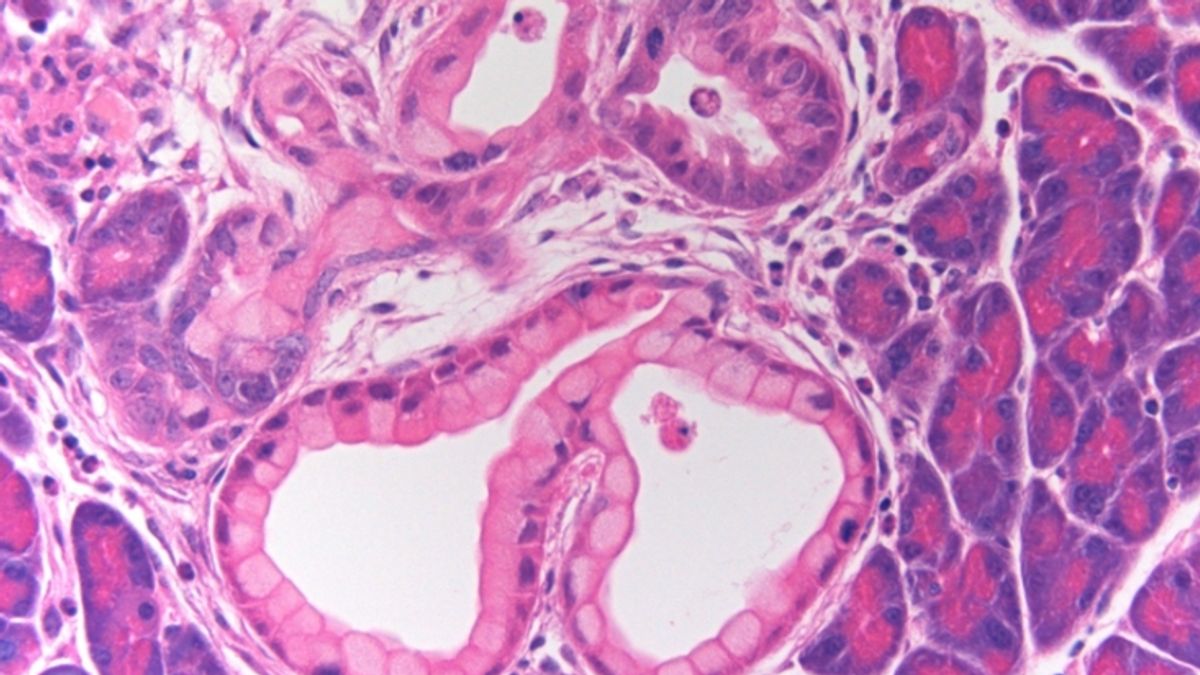JAKARTA Researchers at the Massachusetts Institute of Technology (MIT), a computer and Artificial Intelligence (AI) development agency, have created two machine learning algorithms that can detect pancreatic cancer.
Worked by a team at the Computer Science and Artificial Intelligence Laboratory (CSAIL), the two algorithm models were unified to form a neural network called PRISM. This network can detect the adenocarcinoma of the pancreatic conductor (PDAC).
According to Anggdet's report, the machine learning algorithm developed by MIT is able to exceed the current diagnostic threshold. If standard screening is only able to find 10 percent of PDAC, PRISM is able to identify 35 percent of PDAC cases.
THE PRISM can bypass current diagnostic standards because MIT provides richer data on the network. THE PRISM gets more than 5 million patient electronic health records that are considered to exceed the information scale of the usual AI model.
The model uses clinical data and routine laboratories to make predictions and the diversity of the US population is a significant advancement over other PDAC models, which are usually limited to certain geographic areas, said one of the researchers, Kai Jia.
SEE ALSO:
PRISM is one of the best networks developed by MIT. This project has been in the works since six years ago to detect PDAC from an early age. The reason is, the majority of people with pancreatic cancer were diagnosed after entering the last stage.
Although PRISM is able to work very well, the use of this technology is still limited. PRISM can only be used in MIT laboratories and in some patients in the United States. This technology still needs to be developed to scale AI to be global.
The English, Chinese, Japanese, Arabic, and French versions are automatically generated by the AI. So there may still be inaccuracies in translating, please always see Indonesian as our main language. (system supported by DigitalSiber.id)

















